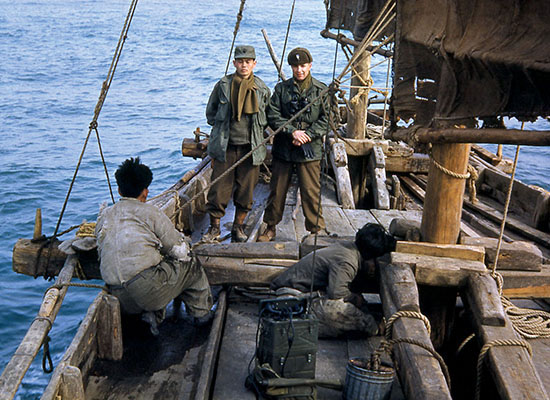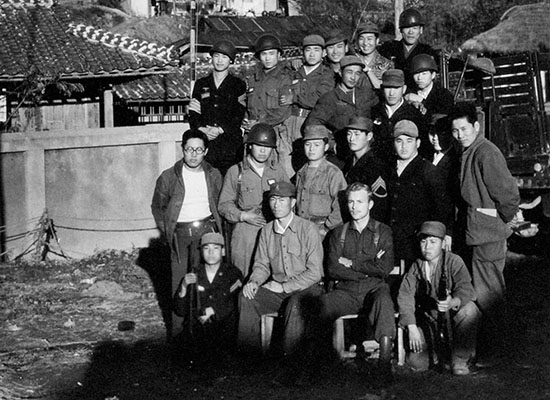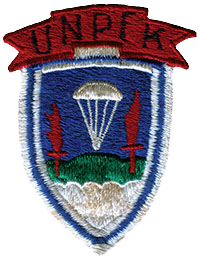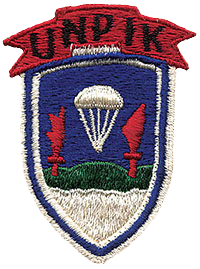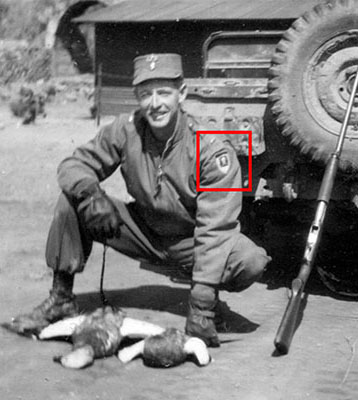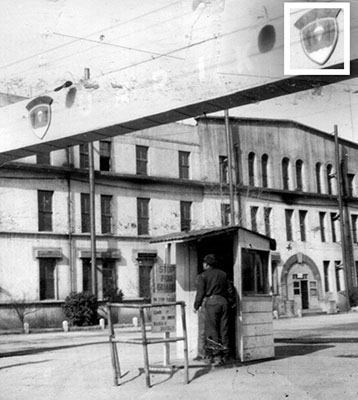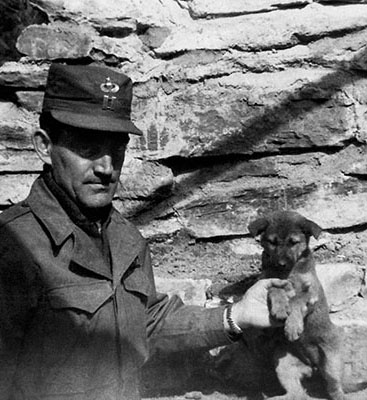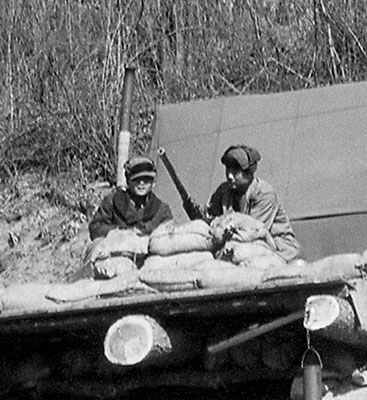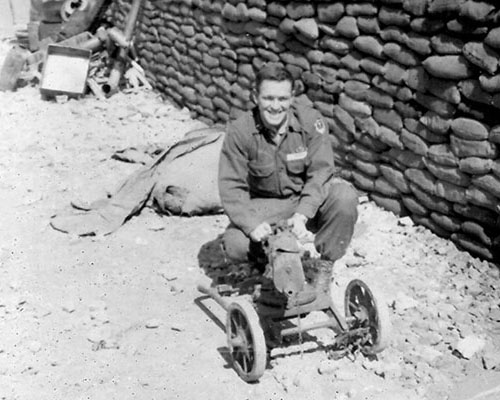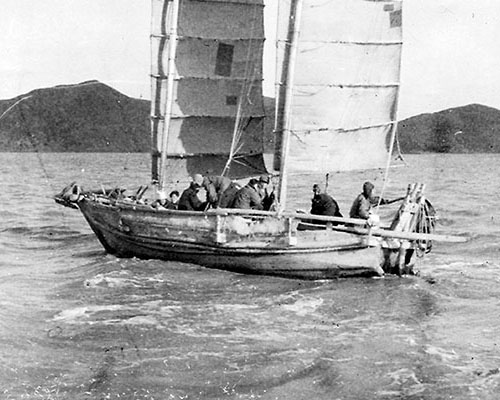DOWNLOAD
This issue of Veritas and the next one are dedicated to the U.S. Army guerrilla commands at the Eighth U.S. Army and Far East Command levels. Both were written to correct some of the misconceptions about those elements and to help fill the historical ‘gaps.’ These problems have resulted from a perceived lack of primary source materials, limited access to available materials, or—as we have discovered after much research—an abundance of primary sources that can sometimes serve more to confuse than to clarify how the U.S. Army organized and conducted guerrilla operations in Korea. The large volume of primary source documents and photos used to produce these issues was collected from many disparate locations and included materials from veterans’ personal files. We quickly appreciated that we were not dealing with a single, monolithic entity but several, each meeting with different degrees of success or failure. In fact, there were so many components of the Army’s guerrilla warfare campaign that we had to limit ourselves due to time and space restraints. Without these documents and photos, though, we would not have been equipped to clarify aspects of this history and resolve many misconceptions. Most of the photos shown in this issue and the next were graciously provided by veterans or their families.

